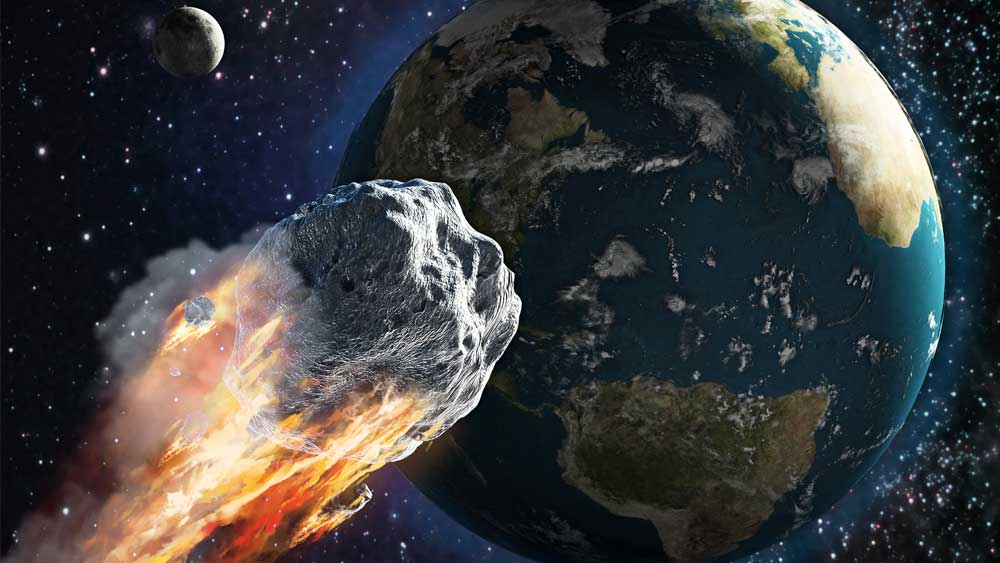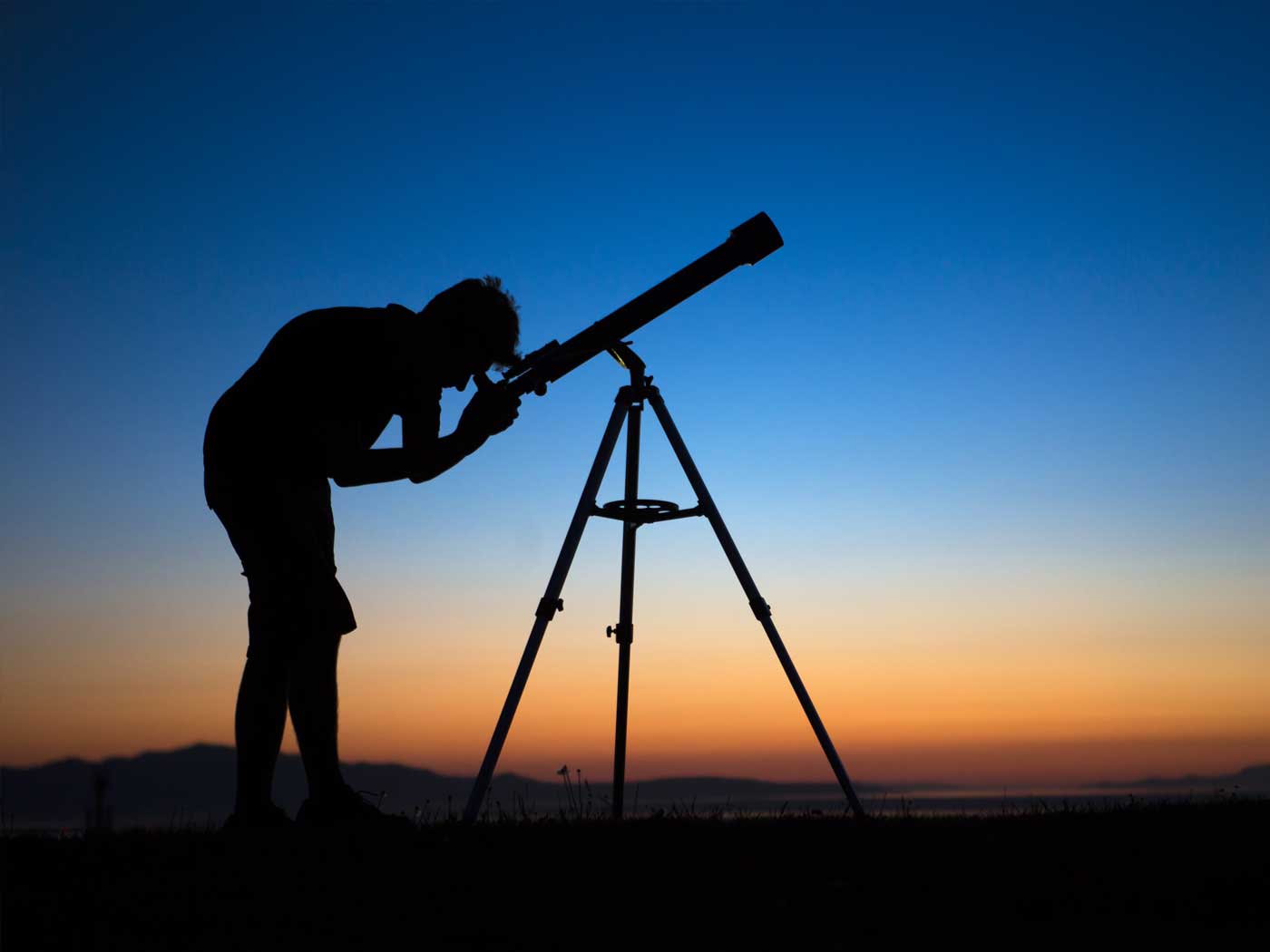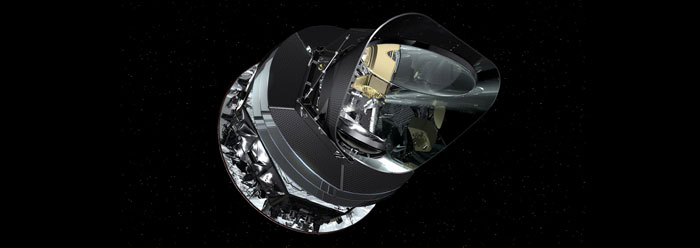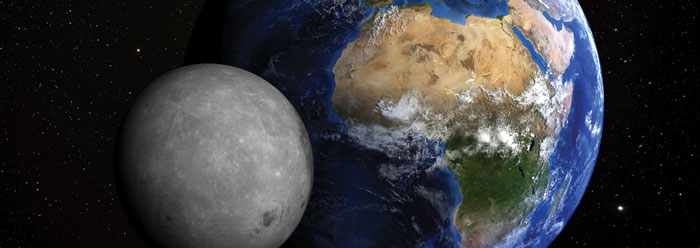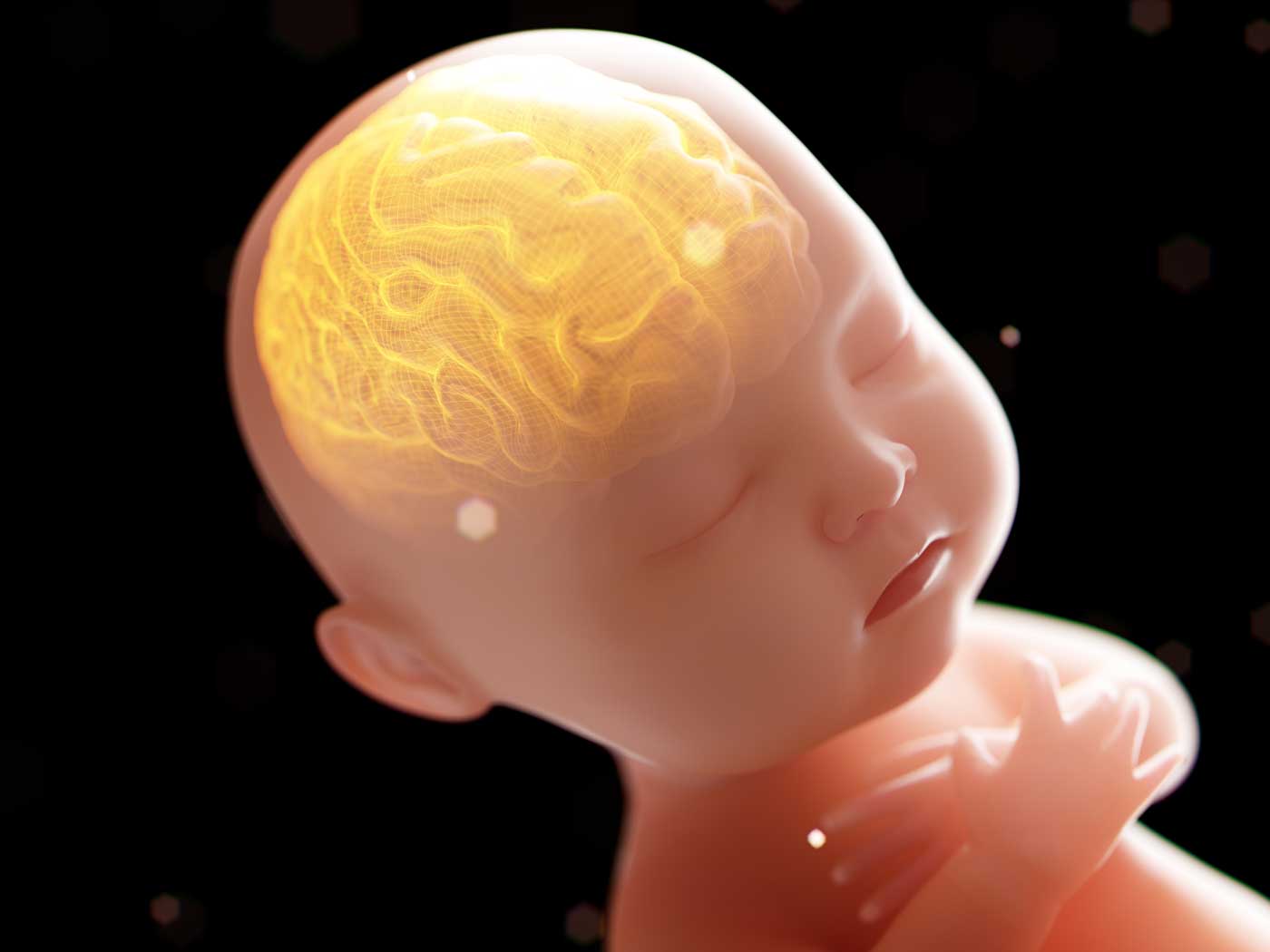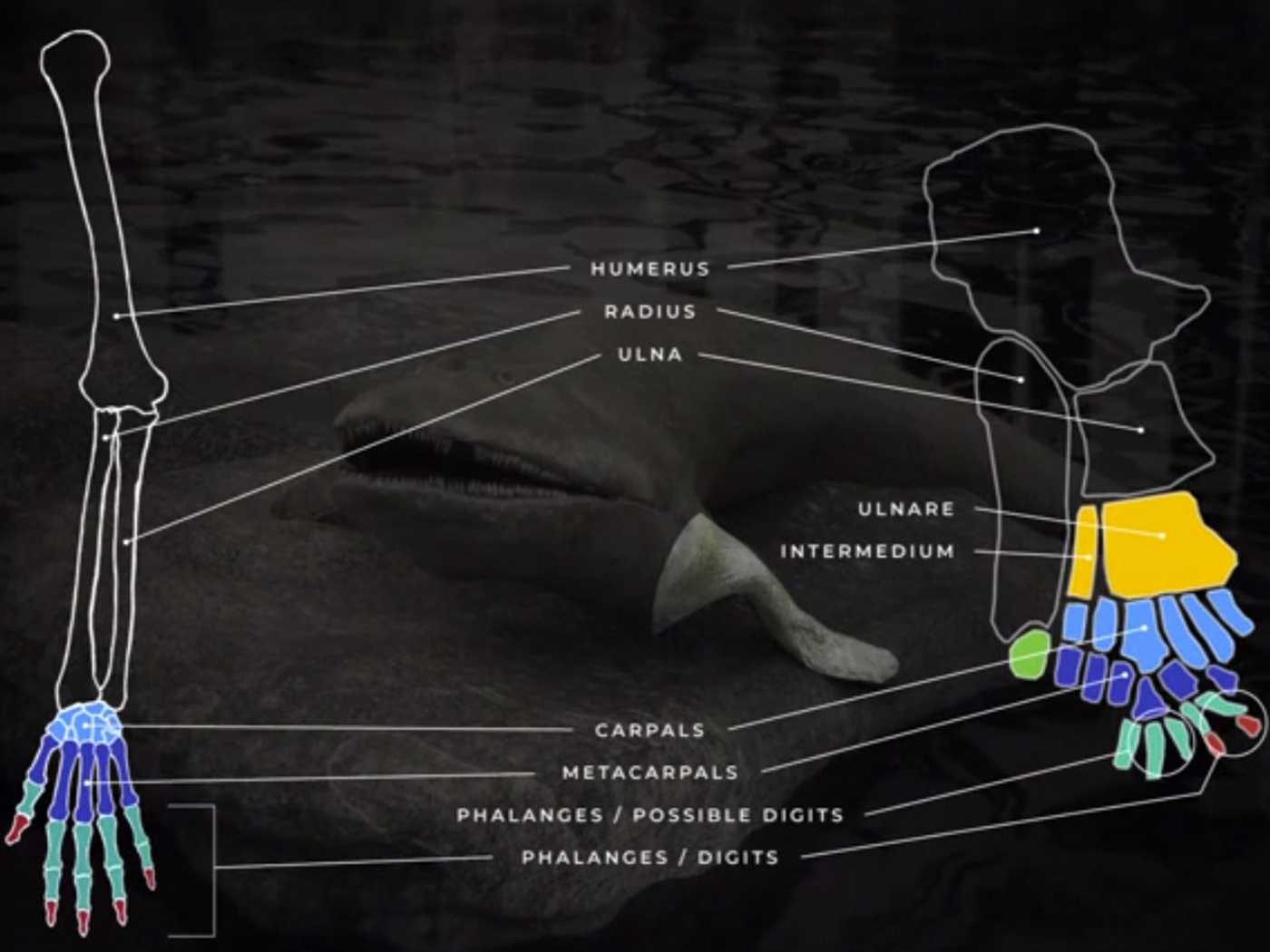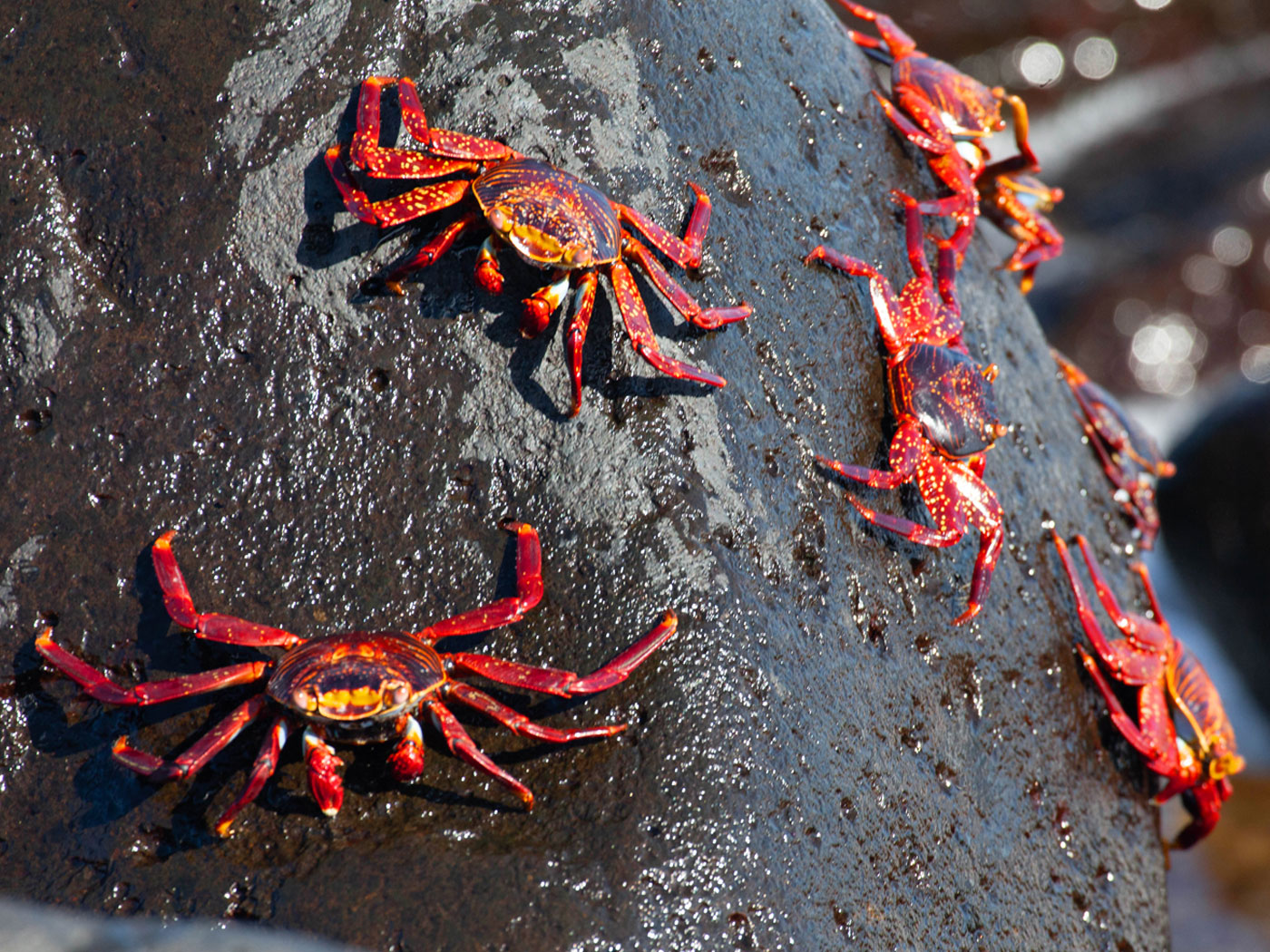Such is the science of evolution that explains the origin of mankind. Miller and other evolutionists maintain the massive asteroid strike of the Yucatan peninsula (allegedly 66 million years ago) wiped out the dinosaurs and opened ecological niches for the proliferation of man’s ancient mammalian ancestors.
Miller went on,
One message I would like people to take from this is that their earliest ancestors—and by ancestors we’re talking fuzzy little squirrel-like critters—had their origins in the wake of the extinction of the dinosaurs….1
There are problems with this unobserved asteroid event. Miller’s “squirrel-like critters”— or rodents—have always been rodents.2 There is no documentation of rodents turning into anything else.
The article also states, “Mammals had lived in the large shadow of the dinosaurs, never getting bigger than a small dog until the mass extinction.”1 But it has been known for years that some mammals got large enough to possibly devour smaller dinosaurs!
In 2005, paleontologist Yaoming Hu and co-authors described a Repenomamus [badger-sized mammal] skeleton with the remains of a juvenile Psittacosaurus, an archaic ceratopsian dinosaur, in its gut contents.3
Did the asteroid strike open up ecological niches for man’s mammalian ancestors “the first million years after the calamity”1? In June of 2019 scientists from the University of Washington stated this is a myth,
According to the myth, a world crowded with dinosaurs left little room for mammaliaforms ["mammal-shaped" animals]. As a result, mammals and their kin remained tiny, mouse-like and primitive. The myth posits that mammals didn’t evolve diverse shapes, diets, behaviors and ecological roles until the K-Pg mass extinction event 66 million years ago killed off the dinosaurs and “freed up” space for mammals.4
Interestingly, scientists in Colorado unearthed 100% mammal fossils from flood sediments. “Sixteen mammal species were discovered, with skulls and other bones fossilized after being buried in rivers and floodplains.”1 Most of these 16 mammal species are the archaic or ancient ungulates (hoofed, grazing mammals) that belong to an extinct, ill-defined, problematic and informal group called the condylarths. Paleontologists can safely say these fossils were mammals, evidently killed and buried by flooding. But confidently stating these were on their way to becoming human is an extreme extrapolation.
Mankind was created in God’s image thousands of years ago.5 He did not use an asteroid to accomplish this task.
References
1. Dunham. W. 2019. Post-apocalyptic fossils show rise of mammals after dinosaur demise. Reuters. Published on reuters.com October 24, 2019, accessed April 8, 2020.
2. Sherwin, F. 2016. The Rodent Record. Acts & Facts. 45 (4).
3. Black, R. When mammals ate dinosaurs. Smithsonian Magazine. Posted on smithsonianmag.com June 20, 2012, accessed April 10, 2020.
4. Urton, J. Mammals and their relatives thrived, diversified during so-called ‘Age of Dinosaurs,’ researchers show. UW News. Posted on washington.edu June 10, 2019, accessed April 10, 2020.
5. Genesis 2.
*Mr. Sherwin is Research Associate at the Institute for Creation Research and earned a masters in zoology from the University of Northern Colorado.




